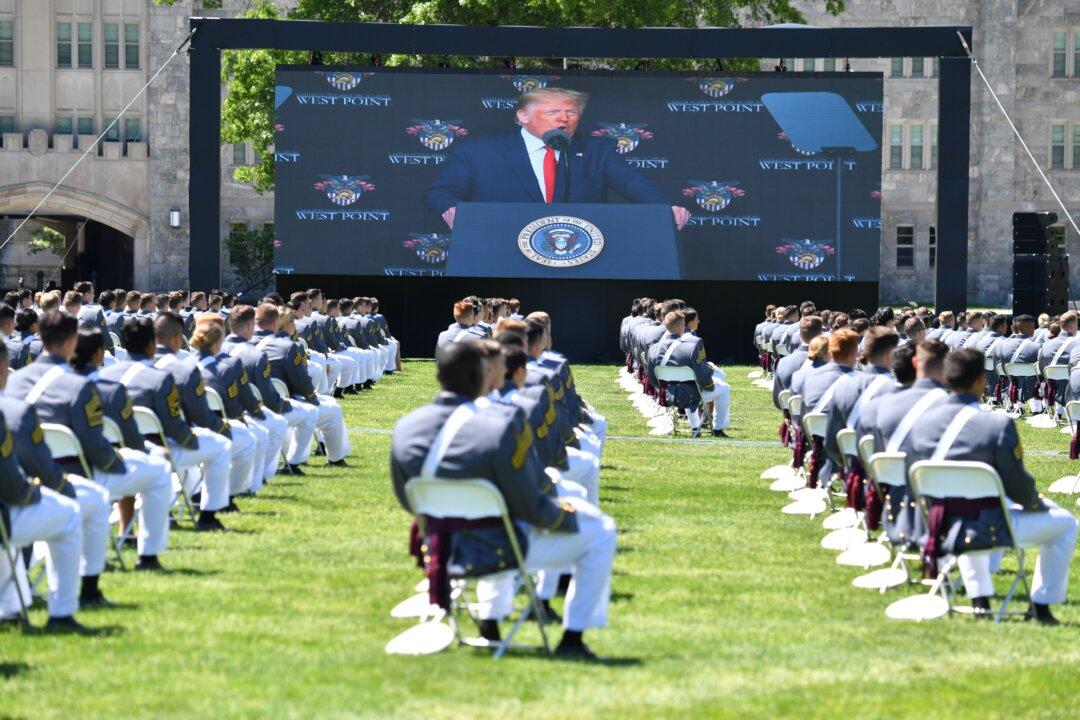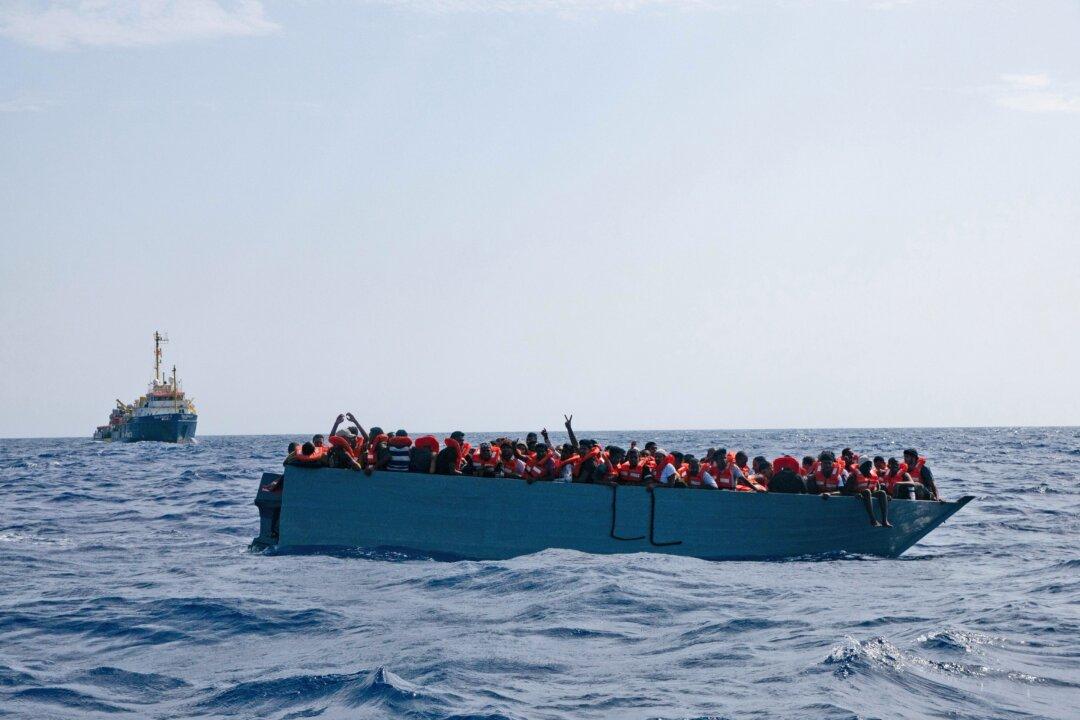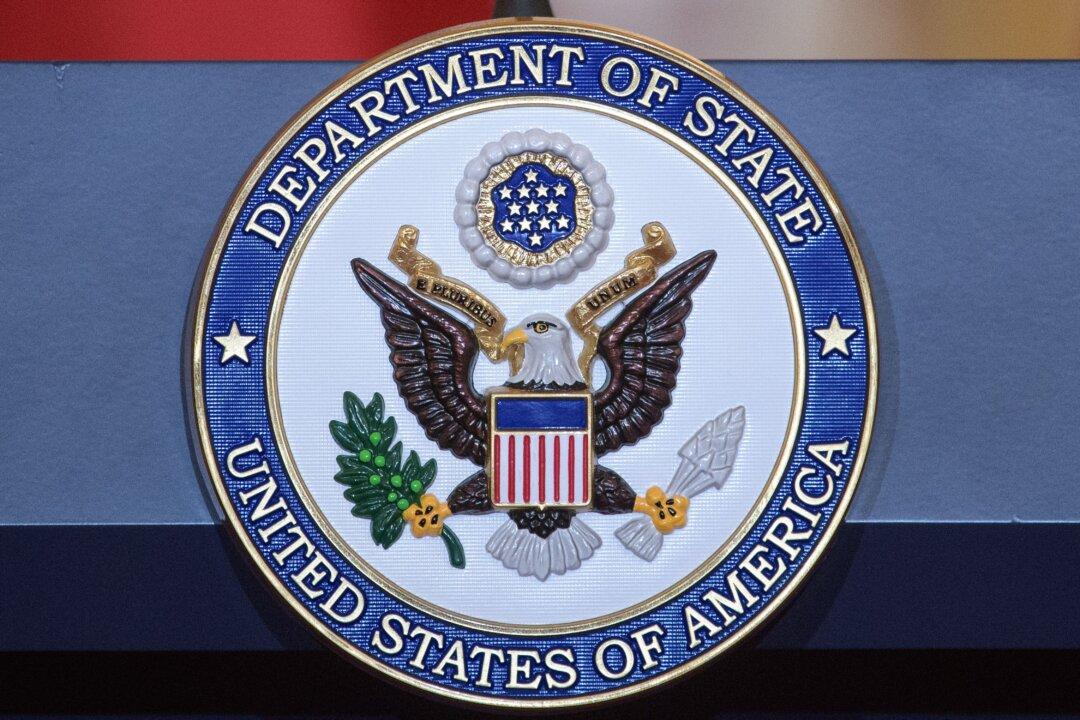The purpose of defense is to “protect America’s vital interests,” and to achieve that the U.S. defense needs to be strong, competitive, needs to operate in space, and perform cyber operations to counter threats arising from China, Russia, Iran, or North Korea, said James Carafano, the director of the Douglas and Sarah Allison Center for Foreign Policy Studies and Vice President of the Kathryn and Shelby Cullom Davis Institute for International Studies at The Heritage Foundation.
“We are probably a little under the mark actually, what we need to have” to address these threats, Carafano added.





